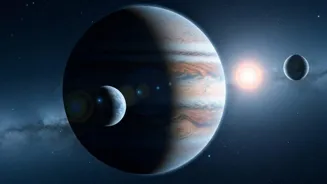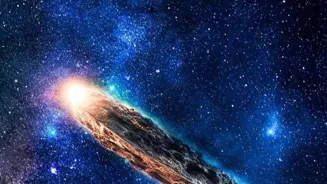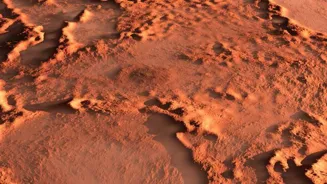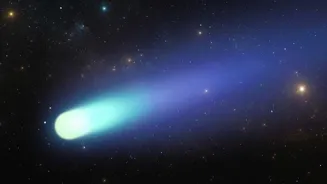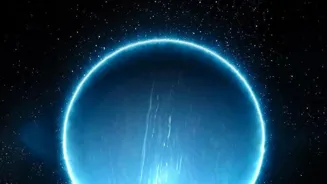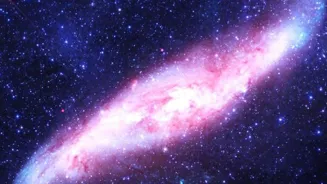Space scientists say they have found strong evidence that there is a giant gas planet in the nearest star system to our own. The James Webb Space Telescope found a lifeless planet four-and-a-half light
years away from Earth, making it a close neighbour to Earth in astronomical terms, and could have moons that sustain life, according to space agency Nasa and broadcaster BBC.
The lifeless plant was found in the star system Alpha Centauri, which is the closest star system to the Milky Way.
The potential planet was detected in 2024 but it had disappeared in follow-up observations. The broadcaster said that astronomers must now look again to prove it definitely exists.
“”Four years is a long way but in galaxy terms, it’s very close – it’s in our neighbourhood,” said Dr Carly Howett, associate professor of space instrumentation at the University of Oxford, while speaking to BBC.
“It is around a star that is Sun-like and about the same temperature and brightness. That’s really important if we want to think about habitable worlds,” Dr Howett was quoted as saying by the broadcaster.
Scientists are excited about the discovery due to the similarities between the exoplanet’s star and our Sun.
The planet is thought to resemble our solar system’s gas giants, Saturn and Jupiter, and is likely covered by a thick gas layer.
This means the planet itself cannot support life, but it could host moons that are habitable.
In our own solar system, Jupiter and other planets have icy moons that scientists believe could sustain life.
Researchers are exploring this possibility through missions such as Europa Clipper and Juice.
However, those moons orbit planets far from the Sun, while this newly found planet is comparatively close to its own star.
“These are incredibly challenging observations to make, even with the world’s most powerful space telescope, because these stars are so bright, close, and move across the sky quickly,” Nasa’s Jet Propulsion Laboratory and co-first author of the new discoveries, was quoted as saying by the UK-based broadcaster, while referring to the James Webb Space Telescope, which is the closest thing scientists have to taking photographs of distant objects.
Scientists believe intense light from nearby massive stars may have hidden a newly discovered planet from view.
The planet was first spotted in August 2024 but could not be found when astronomers searched for it again.
“Probably the planet was either behind the star or too close to be able to see it. You need an element of luck,” said Dr Howett.
Experts say the glare from giant stars can make it difficult to detect smaller, dimmer objects in the same region. Astronomers will continue to search for signs of the planet, using more advanced equipment in the coming years.
One such tool will be NASA’s Grace Roman Space Telescope, expected to begin operations in 2027. The James Webb Space Telescope will also help by using spectral imaging to reveal what the planet is made of.
These future observations could provide a clearer view of the planet’s features and shed light on whether any moons around it could support life.
